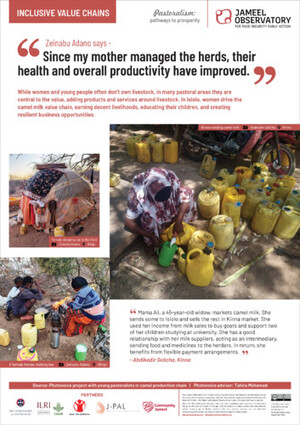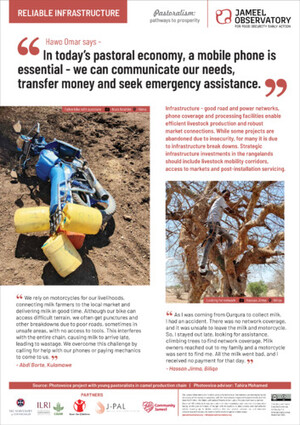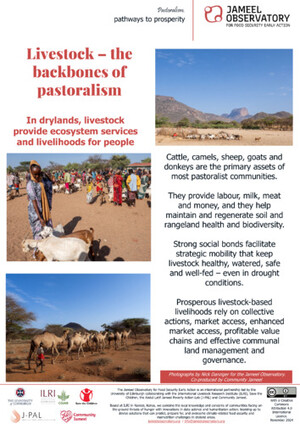
Livestock enclosures in drylands of sub-Saharan Africa are overlooked hotspots of N2O emissions
Abstract
Sub-Saharan Africa (SSA) is home to approximately ¼ of the global livestock population, which in the last 60 years has increased by factors of 2.5–4 times for cattle, goats and sheep. An important resource for pastoralists, most livestock live in semi-arid and arid environments, where they roam during the day and are kept in enclosures (or bomas) during the night. Manure, although rich in nitrogen, is rarely used, and therefore accumulates in bomas over time. Here we present in-situ measurements of N2O fluxes from 46 bomas in Kenya and show that even after 40 years following abandonment, fluxes are still ~one magnitude higher than those from adjacent savanna sites. Using maps of livestock distribution, we scaled our finding to SSA and found that abandoned bomas are significant hotspots for atmospheric N2O at the continental scale, contributing ~5% of the current estimate of total anthropogenic N2O emissions for all of Africa.
Citation
Butterbach-Bahl, K., Gettel, G., Kiese, R., Fuchs, K., Werner, C., Rahimi, J., Barthel, M. and Merbold, L. 2020. Livestock enclosures in drylands of sub-Saharan Africa are overlooked hotspots of N2O emissions. Nature Communications 11(1):4644.










